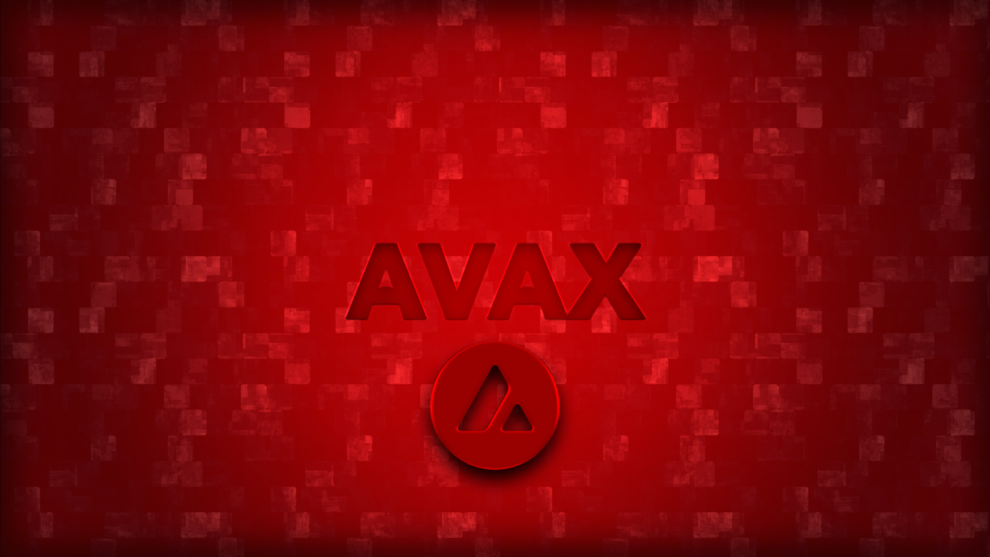As the blockchain industry expands, new platforms and networks emerge with different problem-solving approaches. Avalanche is one network that has gained significant attention in recent years. In this article, I am sharing all I know about Avalanche and its ecosystem, including its history, key features and benefits, consensus protocols, interoperability, native token, partnerships, and use cases.
Introduction to Avalanche and its blockchain technology
Avalanche is a decentralized platform that uses blockchain technology to enable fast and efficient transactions. The creator of the Avalanche platform was a man called: Emin Gün Sirer, a computer science professor at Cornell University, and his team in 2018. Avalanche aims to provide a more scalable and secure platform than other blockchain networks, making it perfect for decentralized finance (DeFi), gaming, and more.
The Avalanche network is built on a consensus protocol called Avalanche, which allows for high transaction throughput and low latency. This protocol utilizes a novel approach to a consensus that enables validators to process transactions in parallel without waiting for other validators to complete their work. This approach allows for fast and efficient transaction processing, making Avalanche an attractive option for developers and users.
The history and development of the Avalanche network
The development of Avalanche began in 2018 when Emin Gün Sirer and his team started working on the platform. The platform was officially launched in September 2020, and since then, it has gained significant traction in the blockchain industry.
Avalanche has undergone several upgrades and developments since its launch. In February 2021, the platform launched a new consensus protocol called Avalanche-X, improving the network’s transaction speeds and efficiency. In addition, the platform has also added support for smart contracts, making it possible for developers to build decentralized applications (DApps) on the network.
Understanding the Avalanche ecosystem
The Avalanche ecosystem has several components that work together to provide a comprehensive blockchain platform. These components include the Avalanche network, Avalanche-X consensus protocol, Avalanche wallet, Avalanche Explorer, and more.
The Avalanche network is the core component of the ecosystem, and it provides the foundation for all transactions and interactions on the platform. The Avalanche-X consensus protocol is an integral part of the network and allows for fast and efficient transaction processing.
The Avalanche wallet is a user-friendly wallet that allows users to store, send, and receive AVAX, the native token of the Avalanche network. The wallet also supports other cryptocurrencies, such as Bitcoin and Ethereum, making it easy for users to manage their digital assets.
The Avalanche Explorer is a blockchain explorer that provides users real-time information about transactions, blocks, and other activities on the Avalanche network. The explorer also allows users to view information about specific addresses and transactions, making it a useful tool for developers and users.
Key features and benefits of the Avalanche blockchain
The Avalanche blockchain offers several key features and benefits that stand out from other blockchain networks. These features include:
High Transaction Throughput
The Avalanche network can process up to 4,500 transactions a second, which makes it one of the fastest blockchain networks in existence. The high throughput allows for quick and efficient transaction processing, making it ideal for use cases like DeFi and gaming.
Low Transaction Fees
The Avalanche network has lower transaction fees than other blockchain networks, making it an attractive option for users looking to save on transaction costs.
Scalability
The Avalanche network is highly scalable, allowing it to handle many transactions without compromising performance. This scalability makes building complex and high-performance DApps on the platform possible.
Security
The Avalanche network is highly secure, utilizing advanced consensus protocols and other security measures to protect against attacks and hacks.
Avalanche consensus protocols – Avalanche X-Chain and Snowman
The Avalanche network utilizes two consensus protocols – Avalanche-X and Snowman. Avalanche-X is a new consensus protocol that was launched in February 2021, and it allows for even faster and more efficient transaction processing. Snowman is an older consensus protocol still used on the network and provides a more traditional approach to consensus.
Avalanche-X utilizes a novel approach to consensus called Subnet-Validator Group (SVG) consensus, which allows for parallel transaction processing and faster confirmation times. This consensus protocol is ideal for use cases like DeFi, where fast transaction processing is essential.
Snowman, on the other hand, is a consensus protocol that utilizes a leader-based approach to consensus. This protocol is ideal for use cases where high security and fault tolerance are essential, such as enterprise blockchain solutions.
Avalanche’s interoperability and cross-chain capabilities
One of the significant advantages of the Avalanche network is its interoperability and cross-chain capabilities. The design of Avalanche network enables it to work seamlessly with other blockchain networks, making it possible to transfer assets and data between different platforms.
Avalanche’s cross-chain capabilities are made possible through the use of the Avalanche-X Bridge, which enables the transfer of assets between different blockchain networks. This bridge supports a wide range of cryptocurrencies, including Bitcoin and Ethereum, making it easy for users to transfer their digital assets between other platforms.
Avalanche’s native token – AVAX
The native token for the Avalanche network is AVAX, and it serves several purposes within the ecosystem. The token is to pay for transaction fees on the network and you can also use it as a staking mechanism for validators. Validators are responsible for the staked AVAX, used as collateral to participate in the network and earn rewards for processing transactions.
AVAX has also seen significant price appreciation recently, making it an attractive investment option for users. The token’s price has increased by over 1,000% since its launch in 2020, making it one of the best-performing cryptocurrencies of the year.
Avalanche’s partnerships and use cases
Avalanche has partnered with other blockchain projects and companies, including Chainlink, The Graph, and many others. These partnerships have helped to expand the reach and capabilities of the Avalanche network, making it an attractive option for developers and businesses.
The Avalanche network is ideal for use cases like DeFi, gaming, and NFTs. Several DApps have already been built on the platform, including the popular DeFi platform Pangolin and the NFT marketplace OpenSea. These DApps are just the beginning of what is possible on the Avalanche network, and we can expect to see many more innovative use cases in the future.
Avalanche’s competitors in the blockchain space
While Avalanche has many unique features and benefits, it is not the only blockchain network that offers fast and efficient transaction processing. Other blockchain networks, such as Ethereum, Binance Smart Chain, and Harmony One, also provide high transaction throughput and low transaction fees.
However, Avalanche’s interoperability and cross-chain capabilities set it apart from other blockchain networks, making it an attractive option for users looking to transfer assets between different platforms.
Conclusion – The Future of Avalanche and its potential impact on the Industry
Avalanche has come a long way since its launch in 2020 and has already gained significant traction in the blockchain industry. The network’s high transaction throughput, low transaction fees, and interoperability have made Avalanche an attractive option for developers and businesses. We can expect to see many more innovative use cases in the future.
As the blockchain industry expands, we expect to see more competition from other blockchain networks. However, Avalanche’s unique features and benefits make it an attractive option for users looking for a fast, efficient, and secure blockchain platform.
Overall, the future looks bright for Avalanche, and we can expect to see it significantly impact the Industry in the coming years.
To learn more about Avalanche and its ecosystem, visit the official Avalanche website and explore the platform. With its high transaction throughput, low transaction fees, and interoperability, Avalanche is a platform worth keeping an eye on in the blockchain industry.


















